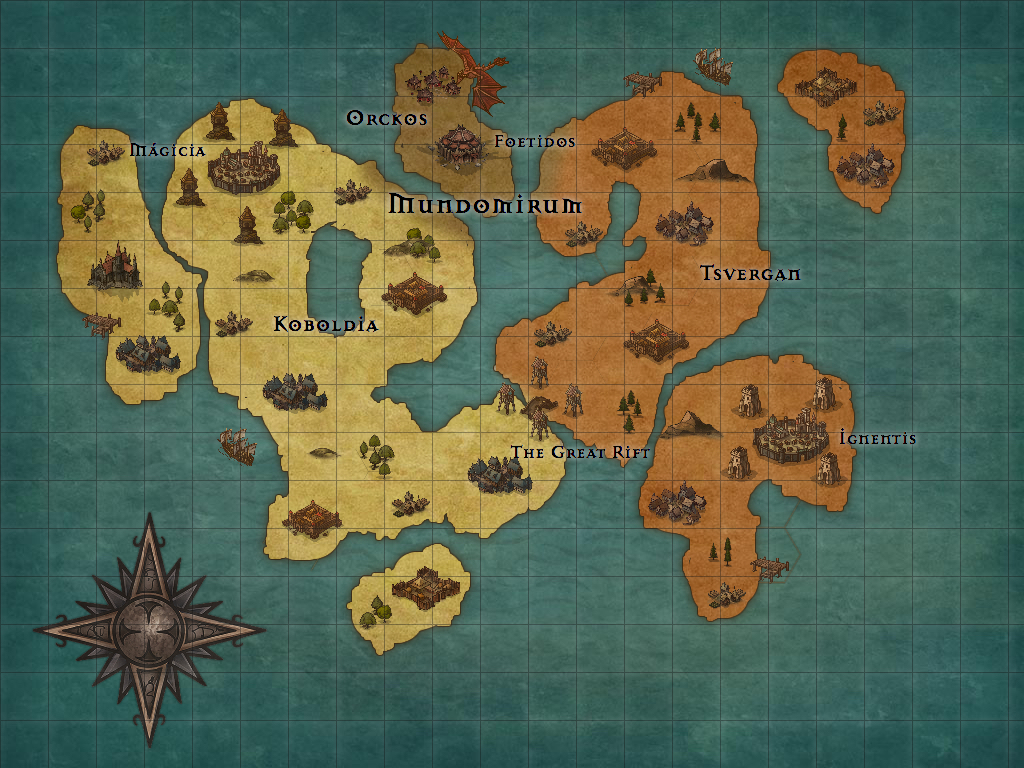Hexequine
Its hooves thundered along the gravel pathway that lead to the High Elf's palace. The news was urgent. The gates were open so I rushed in to Mágicia. "Move!" I shouted to those in my way. The High Elf had to hear this. Everyone knew what the blue robe on my hexequine represented. I was the High Elf's messenger and this news was to go straight to him. The Great Leader had risen.
Basic Information
Anatomy
A hexequine is similar to a horse however it has six legs. It has strong muscular and skeletal systems as well as a powerful respiratory system. It's large lungs supported its heavy frame along with its strong heart. Its long tail is almost a metre in length and is used for balance, not that it needs it. The hooves of a hexequine are wide and hard and able to withstand impacts that a horse couldn't. It also has four eyes as it has two in a vertical line on the front of its head rather than just two on the side. The furry pelt of a hexequine is bushier and thicker than that of a horse however its mane is shorter.
Genetics and Reproduction
A hexequine has a gestation period of one Mundomirum year and only usually gives birth to one foal. It is ready to mate for a short period every seven months and gives birth to a maximum of four foals in its life.
Growth Rate & Stages
A hexequine is full height at six years but doesn't develop its muscular strength until about eight. A hexequine lives until about 32 years however their strength usually deteriorates from 25 years.
Ecology and Habitats
A hexequine prefers open fields filled with grass and wild flowers as it likes large open spaces where it can see predators and run around freely. Its faeces is also very good fertiliser so as it eats grass it helps it regrow as well.
Biological Cycle
As winter falls, hexequines thrive as their favourite and most nutritional food - snow roses - are abundant. Furthermore, most foals are born at this time.
Additional Information
Domestication
Hexequines are trained to be less aggressive and not fight for dominance in their herds. Their tail is severed if too long however most domesticated families of hexequines have evolved artificially to have shorter tails. Most are shorter too.
Uses, Products & Exploitation
Hex equines are used for travel as they are incredibly fast. They are the method for travel of choice for any messenger who is carrying a heavy load that they cannot teleport with.
Geographic Origin and Distribution
Hexequines live in abundance on the island of Hego, where their natural habitat is undisturbed however they live all throughout Mundomirum and some areas of Tarësinia.
Perception and Sensory Capabilities
A hex equine has almost 360o vision and a lot of it is 3D giving it excellent vision. It has large ears that can hear the tiniest rustle in the undergrowth of a predator. Its eye that is on the top of its head is infra-red and it can see heat vision as well.
Scientific Name
- Animalia
- Chordata
- Mammalia
- Perissodactyla
- Equidae
- Equus Seisiuni
Lifespan
32UMY
Conservation Status
Vulnerable
Average Height
1.6m to 2m at the withers
Average Weight
700kg to 1tonne
Average Length
2.4m to 2.6m
Average Physique
Hexequines are bulky, powerful, muscular horses and are strong fighters when on their four or even two hind legs. They have thick bones and large respiratory and circulatory systems to support their enormous frames.
Body Tint, Colouring and Marking
Like horses, their pelt can range from white through grey to black as well as all types brown. They usually have a darker mane and tail as well as a lighter underbelly.
Remove these ads. Join the Worldbuilders Guild









Comments